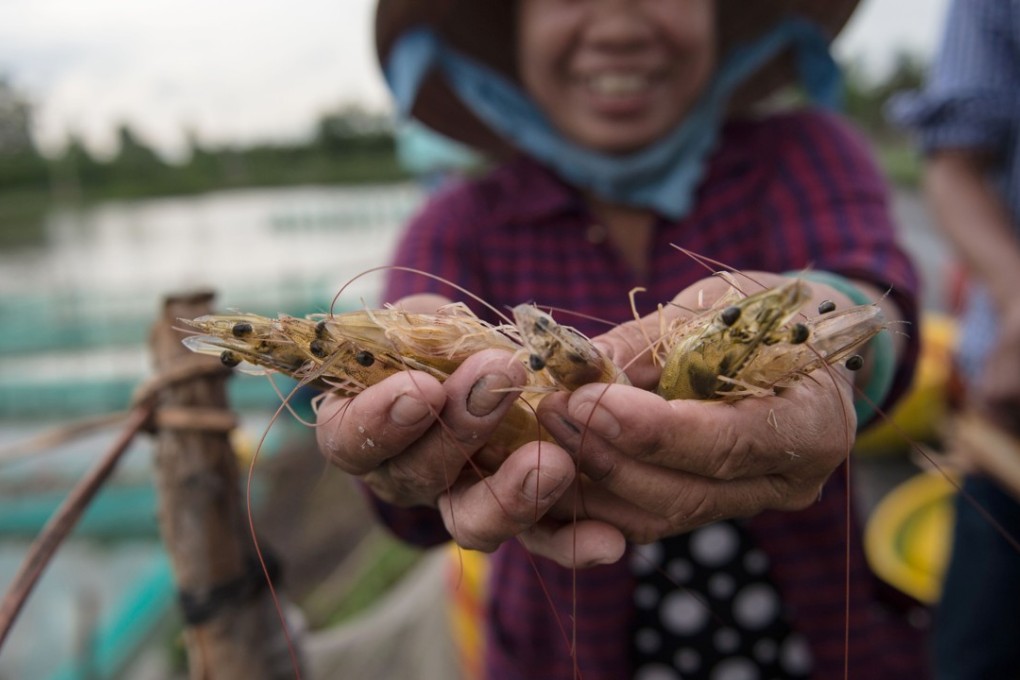
With a flashy gold watch and a chunky matching ring, Tang Van Cuol looks a far cry from the average Vietnamese farmer as he slings back a shot of rice wine and boasts about his projected earnings.
After years scratching a living growing rice and onions or farming ducks, the 54-year-old says his life was transformed in 2000 – by shrimp.
The Mekong Delta, long renowned as the “rice bowl of Vietnam”, is now also home to a multibillion-dollar shrimp industry and growing numbers of farmers are building fortunes from the small crustaceans.
“Raising shrimp can bring so much income, nothing can compare,” Cuol says over lunch with friends, a healthy spread of rice, salad, pork and – of course – shrimp.
This year he expects to make one billion dong, or around US$44,000 – an enormous sum in the delta, where rice farmers make around US$100 a month.
The shrimp bonanza began in the 1990s when rising sea-levels seeped saltwater into the Mekong Delta. It has surged in parallel with demand from the US and European Union.
Savvy locals were swift to spot the changing conditions were ripe for shrimp farming.